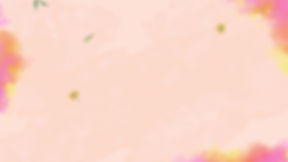

Treatment after surgery
Adequate postoperative treatment is an essential complementary part of any pilonidal operation. Lavage of operated site, bandage and local hair removal, should continue under close observation of the treating surgeon, until complete healing of wounds is achieved
The following recommendations apply to patients after minimal surgery and to those after wide excision operations (open and closed). Obviously, instructions of the treating surgeon have priority over the following.


Principles of self-care after surgery:
1. Wash operated area with running tepid water and regular soap about three times daily, starting on the day after the operation. The lavage is best done in a squatting position, using a mild water current from a shower handle.
2. Operated site must be constantly dressed. A few simple dry gauzes, 10X10cm in size, should be folded in the middle and placed along the bottom of the natal cleft. Adhesive tape should be applied to keep the gauze in place. The purpose of the bandage is to absorb operative secretions. Also, by separating the buttocks apart, the bandage enables ventilation of the wounds and free drainage from underlying cavities. The dressing also prevents penetration of hairs into the fresh wounds which can possibly cause a persistent disease.The bandage should be worn continuously, 24 hours a day (except when washing).
3. Postoperative shaving of the natal cleft will be required in some patients until healing. The need for shaving will be determined during the first postoperative check-up. There is no proof yet that continuing epilation beyond the healing period improves chances of permanent cure.
4. Mild postoperative pain can be managed by OTC pain killers (paracetamol, dipyrone).In case of moderate or severe pain, prescription drugs may be needed (ibuprofen). Obviously, any drug known to cause a personal allergic reaction should be avoided.
5. Sporting activity, jogging and bathing at sea or public pools should be avoided until complete healing.
6. Contact your surgeon in case of postoperative fever above 38 degrees, increasing pain, progressive swelling of operated site or bleeding from wounds, which is not controlled by applying a thick dressing and local pressure.
7. Do not miss your scheduled postoperative check-ups. Their purpose is to spot signs of infection, remove hair invading the wounds and update treatment instructions according to healing progress.
Patients who do not return for check-up and fail to comply with treatment instructions, have an increased chance of healing failure and recurrent disease.
